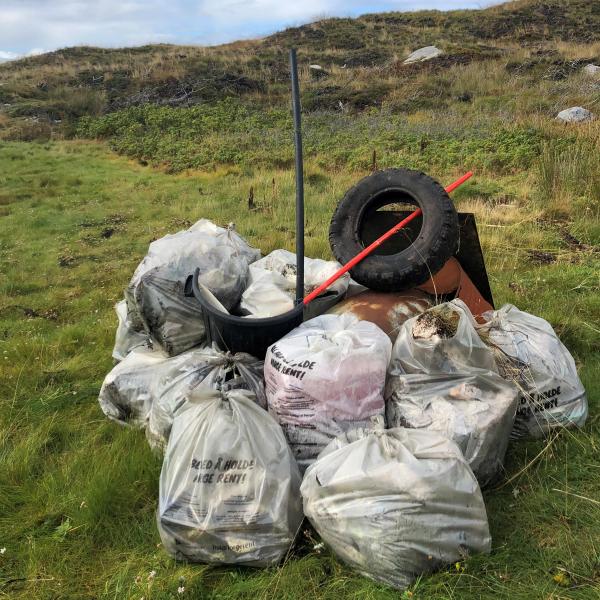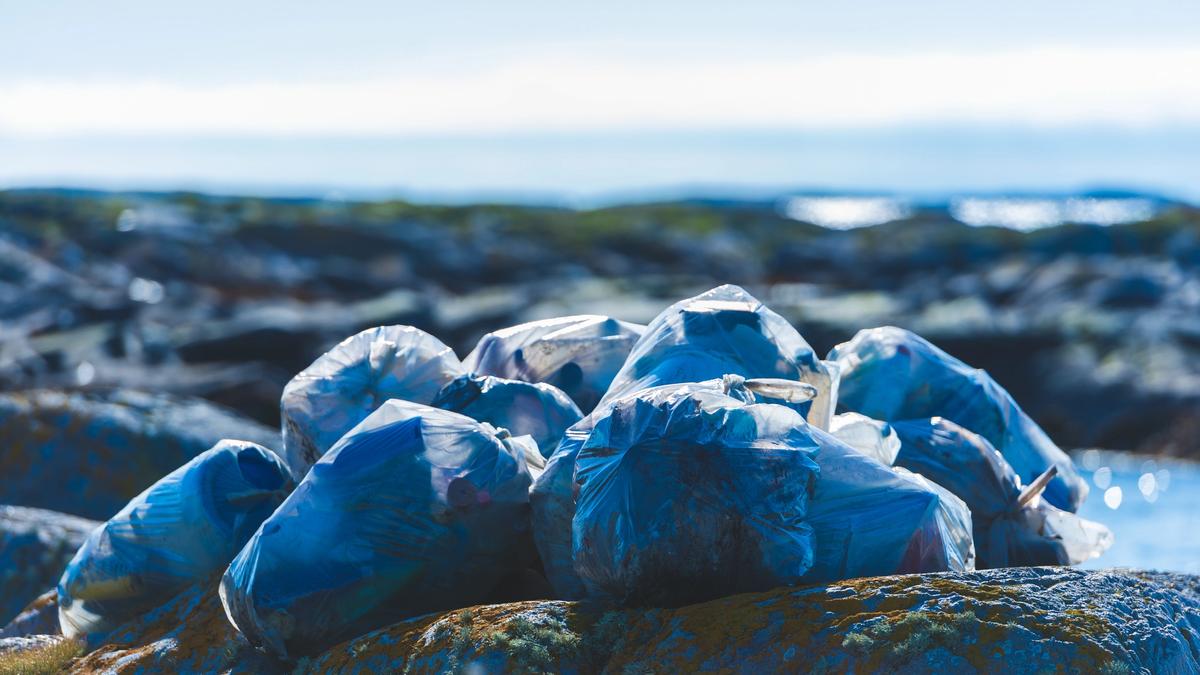Waste management is an important task, and a clean-up operation cannot be considered as done before the waste has been managed.All waste must be delivered to approved waste and recycling centres and must be managed by a waste management company.
Waste management companies operate with different ways of accommodating the delivery or collection of marine waste. You should always contact a waste management company in advance to make sure they can accept the waste you are cleaning up. Some waste management companies offer free collection and transport of marine waste. If the waste management company does not offer collection, you can check whether an outdoor recreation council, Skjærgårdstjenesten (archipelago service) or other local organisations or companies’ participants may be able to help.
Waste management companies have different requirements in place when it comes to the sorting of marine waste and you must enter into dialogue with them to establish how the waste must be sorted. For example, some waste management companies request that pressure-impregnated wood or rope be sorted separately. Remember that the organiser is responsible for ensuring that waste is managed and sorted correctly.
The waste industry
The waste industry is important when it comes to proper management of marine waste. Waste management companies strive to meet the needs of beach cleaners and to put good solutions in place for the management of marine waste. Many local waste management companies provide funding for clean-up operations. If you are performing clean-up activities during a Keep Norway Beautiful campaign, waste management companies are often more prepared to help. The costs of receiving marine waste are not covered by the waste collection charges in public waste management companies but through other funding schemes.
Hazardous waste
Hazardous waste must be handled in a safe manner to avoid personal injury or pollution in nature. Marfo has, in collaboration with the Norwegian Retailers' Environment Fund , created a separate picture guide that shows different types of dangerous objects that beach cleaners may come across while cleaning up marine waste.

Storage of waste
If you do not deliver the waste to a waste and recycling centre immediately, it is important that you secure and store marine waste correctly so that it is not displaced by waves, blown away by the wind and so that it does not harm animals or the local environment. Never leave marine waste without making sure that it will be collected. You need to secure the waste properly if you know that it will take some time before it is collected. This can be done, for example, by tying several plastic bags together to prevent them from being blown away. Use strong tonne bags.
Another option is to hire a container if there is a lot of waste that must be stored for a prolonged period.
If the pdf does not include images, please click Cancel and try again.





